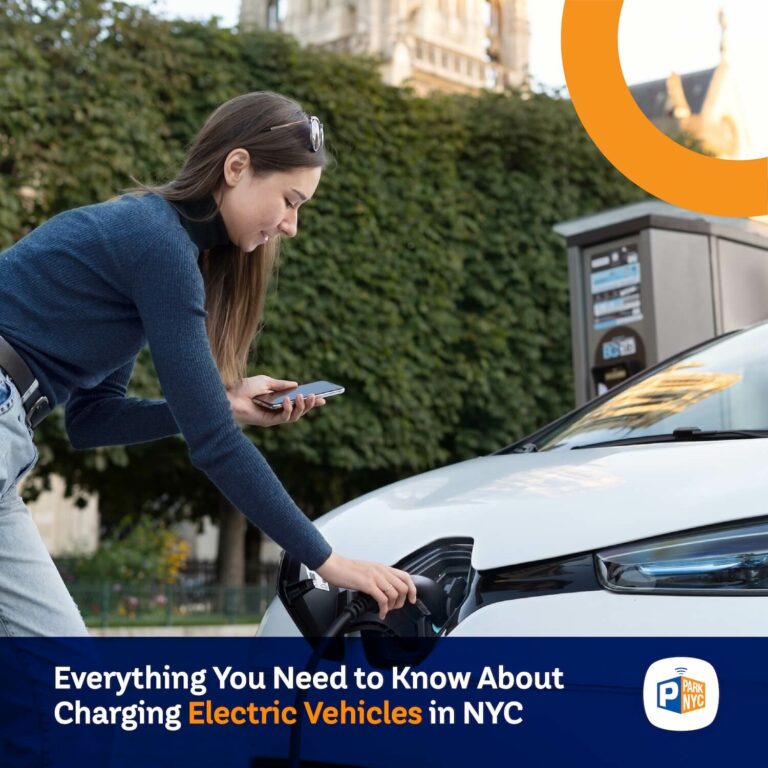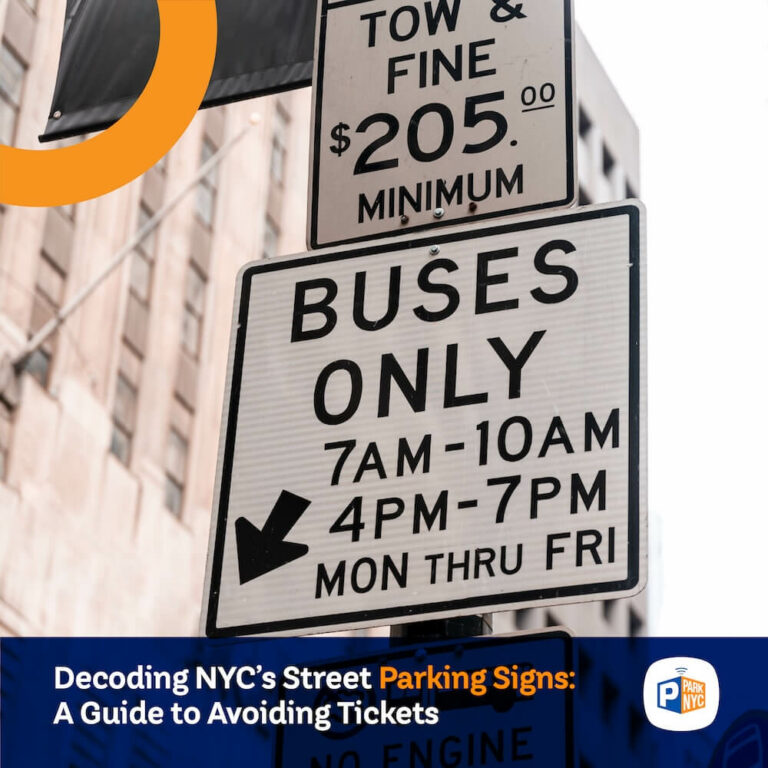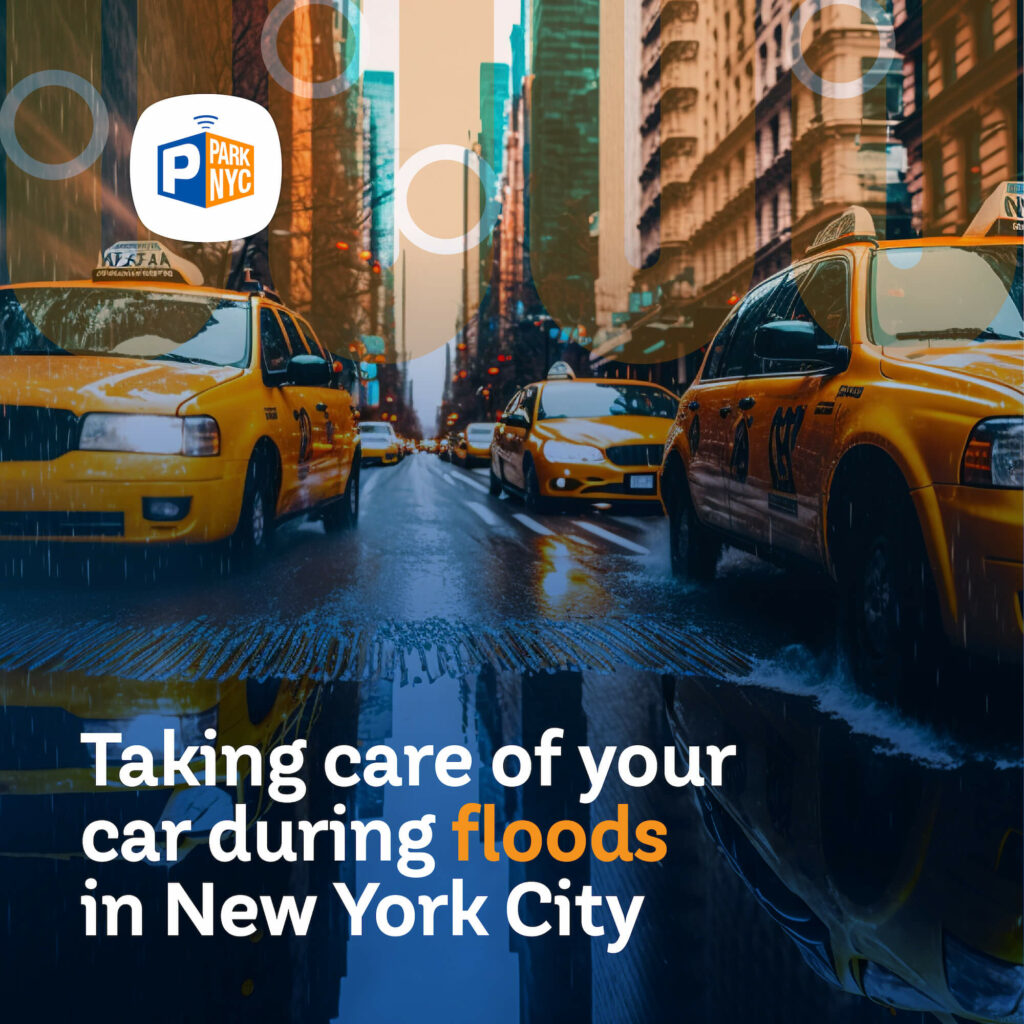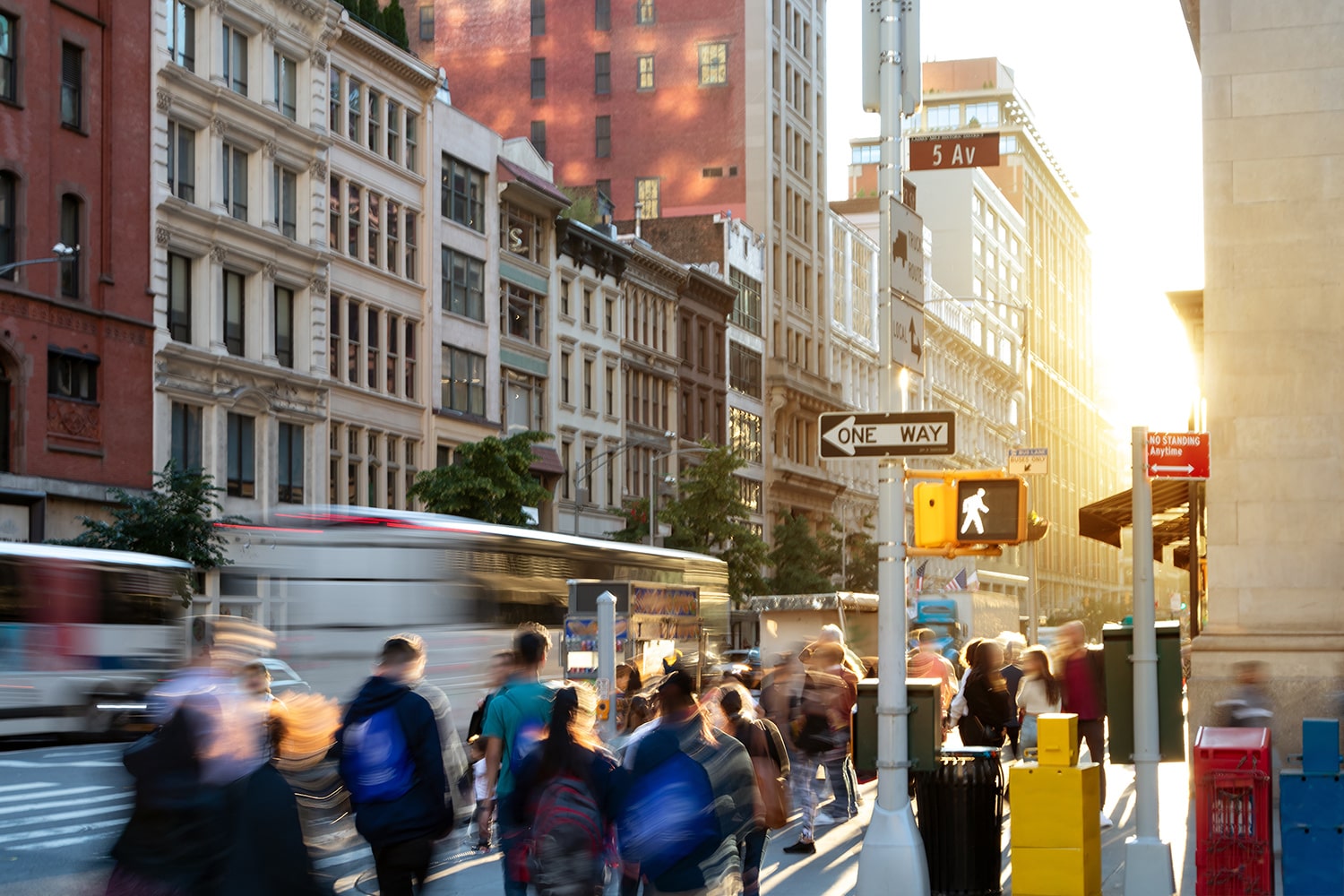With its dense population and coastal location, New York City is no stranger to flooding, and climate change projections indicate that the frequency and severity of floods will only increase in the coming decades.
As a car owner in this bustling metropolis, it’s essential to prepare for the risks of floodwaters. Taking care of your car during a flood can prevent costly repairs or even the total loss of your vehicle.
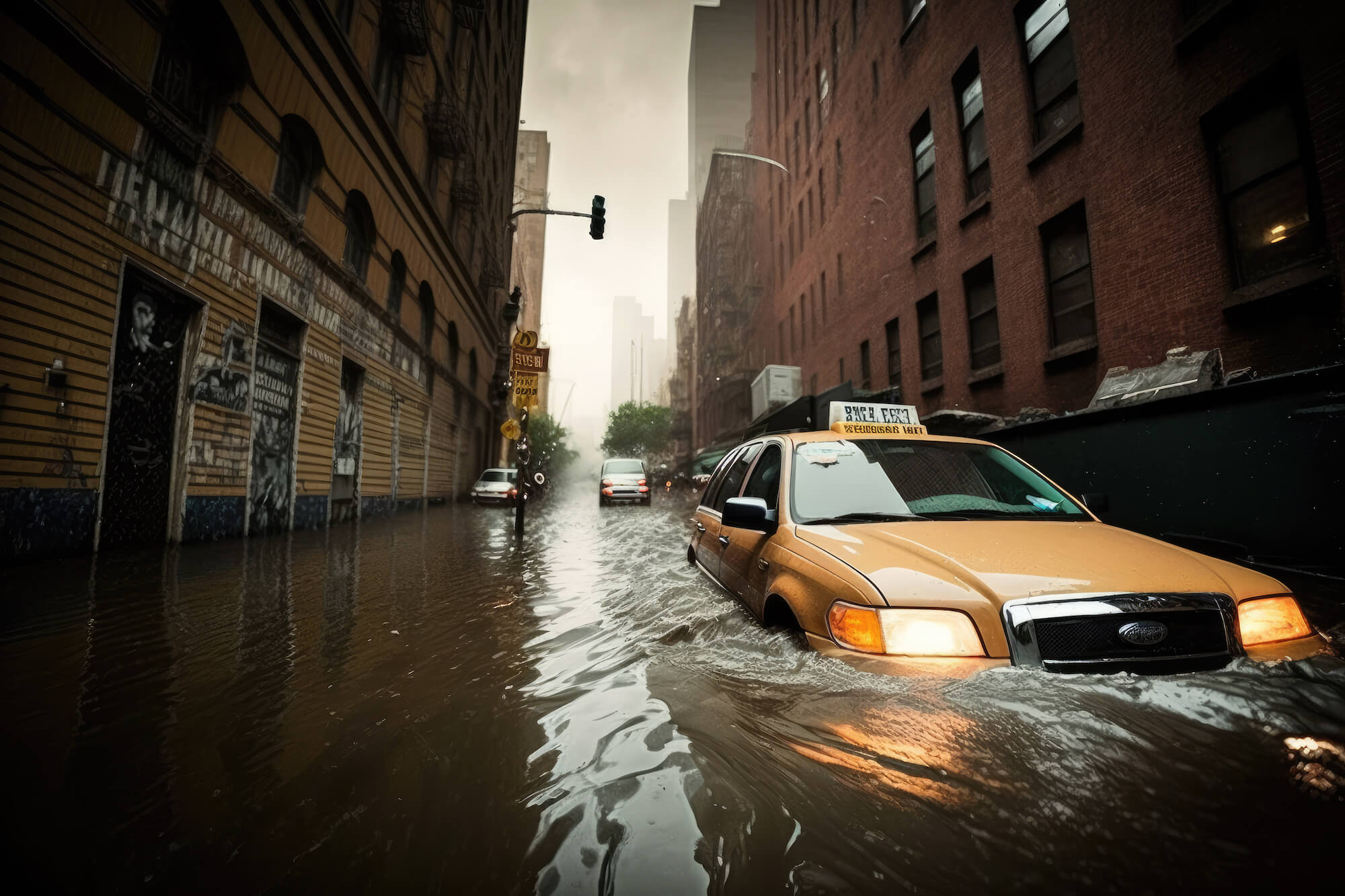
Here are some tips for taking care of your car during and after the flood:
1. Safety first! Avoid flooded areas as much as possible.
The most critical advice during a flood is to avoid flooded areas altogether. If you see water on the road, turn around and find an alternative route. Floodwaters can be deceiving and much more profound than they appear. According to the Centers for Disease Control and Prevention, most flood-related deaths occur when vehicles are driven into floodwaters. Do not risk your life and your car.
2. Flash Floods are a Serious Threat
Flash floods are hazardous because of their speed and destructive power. They can occur within minutes of heavy rainfall and give little warning. Densely populated areas like New York City are at a higher risk of flash floods due to impervious surfaces such as buildings, driveways, and parking lots, which cause water runoff. When storm drains, and sewers become overwhelmed or clogged, flooding of nearby roads is likely.
3. Water Depth Matters. Even 6 Inches is Dangerous.
It is crucial to remember that as little as 6 inches of water can cause you to lose control of your vehicle. Higher water levels can be even more dangerous because your car’s tires can act as flotation devices in shallow water, making it difficult to control the vehicle. Just 2 feet of water can float a 3,000-pound car, a weight typical of many sedans. So, even if you think your car is sturdy enough, avoid flooded roads at all costs.
4. If Your Car Gets Caught in a Flood
If your car gets caught in a flood, it’s crucial to know what to do to ensure your safety. Here are some things that you can do:
- Leave your car immediately and seek higher ground. Do not wait for the water to rise further.
- If your car is submerged, stay calm and wait for the car to fill with water. Once the inside pressure equalizes with the outside, you can open a door and escape. Hold your breath and swim to the surface.
- If caught in fast-moving floodwater outside a vehicle, point your feet downstream and always try to overcome obstacles, never under them.
- If stranded on a higher object like a building or tree, stay where you are and wait for rescue. Never attempt to wade through the floodwater.
- When help arrives, remain calm and follow the directions of the rescue team.
5. Taking care of your car after a flood
After the floodwaters have receded and it’s safe to do so, carefully retrieve your car. Here’s what to do if your car has been in water:
- Do Not Start the Car: Attempting to start a flooded car can cause further damage to the engine. Instead, have it towed to a safer location.
- Remove Standing Water: Use a wet/dry vacuum to remove standing water from your car’s interior.
- Dry Out the Interior: Use towels to absorb water that may have seeped into the seats and cushions. You may use dehumidifiers and fans to expedite the drying process.
- Contact Your Auto Insurance Company: File a claim with your auto insurance company immediately. Comprehensive coverage will be crucial in getting financial assistance for repairs or replacement.
As a responsible car owner in New York City, you can protect your investment and yourself by knowing what to do if your car gets caught in a flood. As Climate Change worsens, floods can be highly unpredictable and devastating, so taking precautions and prioritizing safety is essential.


